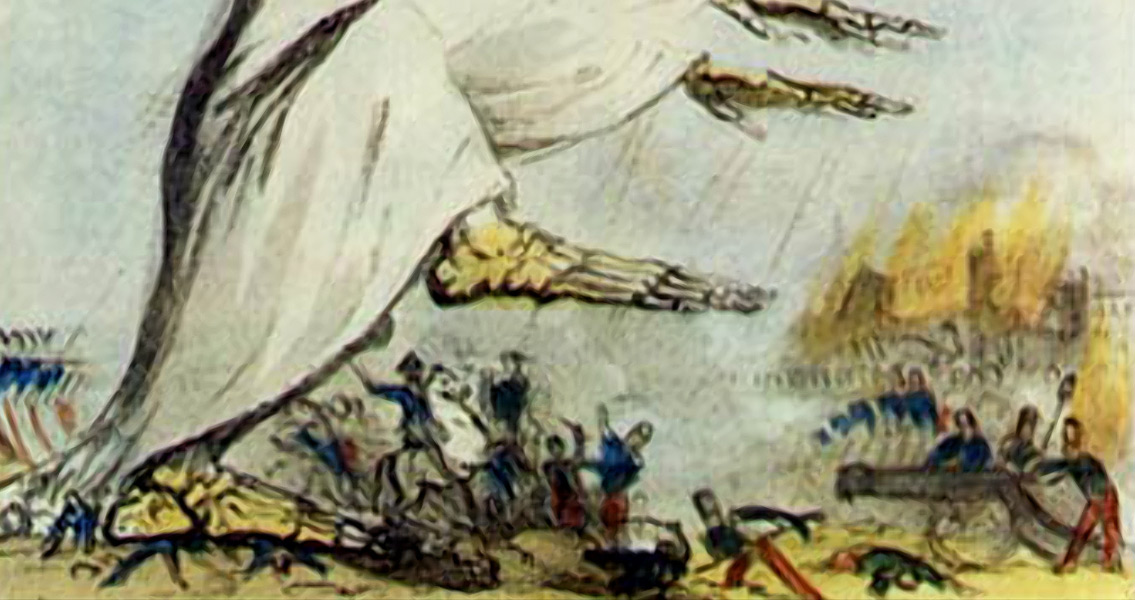<![CDATA[Human remains linked to a cholera epidemic that ravaged Ireland in the early nineteenth century have been uncovered by workers preparing the way for a new public transport system in Dublin, Ireland. Luas Cross-City Line construction workers from the Broadstone Bus Éireann Garage in Dublin’s north side came across the remains recently, uncovering several skeletons thought to date to 1832’s Great Cholera Epidemic, an event that ravaged the country – especially the close quarters of Dublin. In addition to the thousands that lost their lives in Ireland from the outbreak, the epidemic spread throughout the UK as well as Egypt, Hungary, Germany and France before making its way to Canada and the United States; in the end, hundreds of thousands succumbed to the disease. In an interview with The Irish Times, Luas principal archaeologist Maria Fitzgerald said that the company was aware of the possibility of a burial ground near Broadstone, as the massive number of deaths in Dublin easily overwhelmed the capacity of the Bully’s Acre cemetery located close to the Royal Hospital. A site located in between Broadstone and Grangegorman was used for the overflow, but the exact location had been lost to history until this latest rediscovery. Fitzgerald said that the Midlands Great Western Railway extended its Broadstone railway yard in the 1870s, based on records documenting the company’s planning permission application to purchase a three-acre plot of land near their original premises. While the company was in the midst of constructing the new yard, they found the initial Broadstone burial ground, moved the remains, and re-interred them without leaving any record of the new burial site. The archaeologist remarked that this re-internment in the 1870s was characterized by a measure of disrespect, considering that every skeleton found had been disarticulated and the crude trench that had been dug to house the remains was filled with jumbled, mixed-up bones. There’s no way to determine how many individuals are buried at the site, Fitzgerald added, indicating that this would only be made clear if the entire burial ground was excavated fully. The preference, the archaeologist said, is to not have to disturb the bones. Hopes are high that the impact on the site can be minimized, and Fitzgerald and her team of field architects on loan from Rubicon Heritage: Siobhán Ruddy and James Hessian, are working closely with Luas construction designers to accomplish just that. The scientist hopes to preserve the cholera victims where they are if at all possible. Once completed, the new Luas line is set to run from Broombridge, through Cabra, Phibsborough, and the city centre to St Stephen’s Green. The line will link up with the two existing green and red Luas lines at Broadstone, or at least it was scheduled to do so prior to the discovery of the burial site directly in its path. ]]>
Human Remains Linked to Cholera Epidemic Discovered
